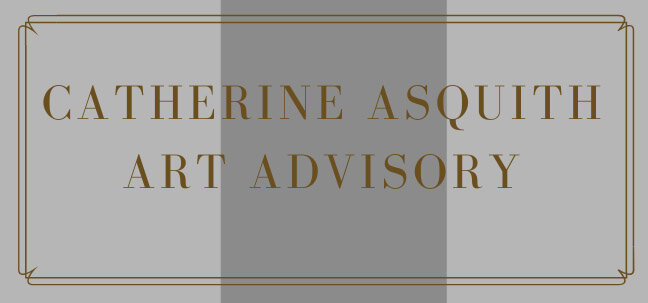Pierre Soualges, Peinture 162 x 130cm 14 Avril 1962”, 1962, oil on canvas, 162 x 130cm. SOLD: Sotheby’s Paris, June 2017.
According to Dr Clare McAndrew’s 2019 Art Market Report, the global art market accounted for US$67.4 billion last year, an increase of 6% from the previous year, which points to positive growth in the sector. The three main markets, the United States, the United Kingdom and China, remain the strongest accounting for 84% of the global market’s total value.
The other salient points in McAndrew’s report are:
· Millennials emerged as active market participants;
· The online market has witnessed continued growth;
· Auction figures rose by 3% “year on year”; and
· Art fairs continue to play a central role in the global art market.
Sotheby’s Mei Moses Index discerns a shift in market trends; up until recently, Impressionist and Modern Art held a prominent position in secondary market growth. However, over the past two years, it is now the Post-War and Contemporary Art market which has seen the strongest growth, up by 12.8% compared with the Impressionist and Modern Art market at 10.8%.
This shift in investment has been evidenced in newsworthy, strong results for artists such as Jean-Michel Basquiat, Pierre Soulages, Zao Wou-ki and Alberto Giacometti.
Whilst the “Basquiat phenomenon” has garnered an unprecedented command of the art market, with record breaking auction results, and survey/retrospective shows at numerous, prestigious museums and galleries, the perhaps less ‘spectacular’ artists, such as Soulages, Zao Wou-ki and Giacometti for example, have been steadily accruing value; suggestive of a more educated sector of the market re-assessing previously over-looked historical masters and preferring the ‘long game’ investment.
©Catherine Asquith 2019

